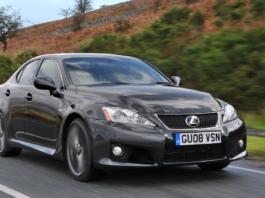While the Mule family features 11 different models starting with a two-seat Mule SX, in order to compare apples to apples, the Viking EPS listed for $15,799 most closely lines up in price and features with the Mule Pro-FX EPS LE, offered for $14,899. The first notable contrast between the two models is the size and configuration of the engines: The Yamaha Viking EPS comes equipped with a 686cc 4-stroke SOHC 1-cylinder engine, whereas the Kawasaki Mule Pro-FX EPS LE offers an 812cc 4-stroke DOHC 3-cylinder.
Advertisement
Regarding off-road capability, the Yamaha design features enhanced ground clearance at 11.8-inches, compared to the lower Kawasaki at 10.4-inches. Both UTVs come equipped with a double wishbone suspension front and rear, but Kawasaki’s unit features an extra half-inch of travel over the Yamaha. The Mule Pro-FX EPS LE also offers an extra inch of tire height and width over the Viking EPS. Ride height and terrain is important to keep in mind when getting ready for your first 4×4 off-road adventure.
How do these two side-by-sides function as work-horses? While the 1,500-pound towing capability of the Viking EPS is impressive, the Mule Pro-FX EPS LE has it beat with up to 2,000 pounds of pulling power. However, the Yamaha does offer a tilting bed for easy dumping, while this particular Kawasaki does not. However, you can equip several other premium accessories for your Kawasaki Mule to add similar (and additional) functionality.
Advertisement
Sign in
Welcome!Log into your account



